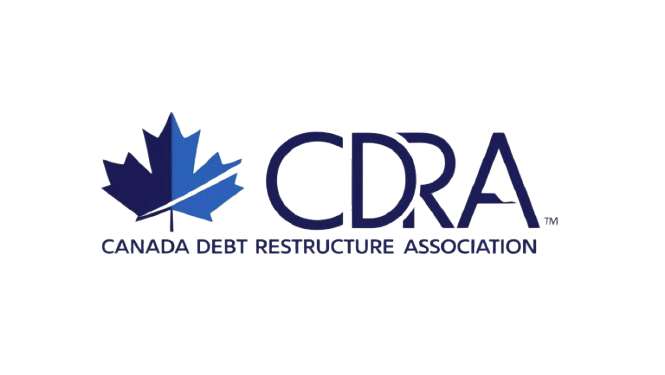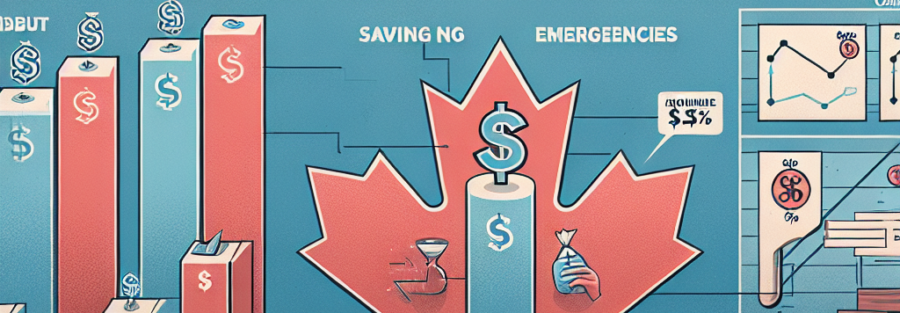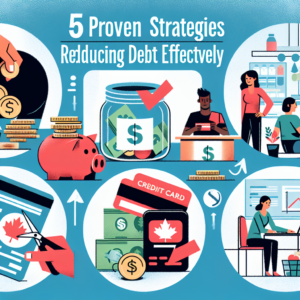Managing debt can often feel overwhelming, particularly for Canadians facing rising living costs and economic uncertainty. However, effective budgeting strategies can provide the necessary framework to regain control over your finances. This article explores practical steps and proven budgeting techniques aimed at helping Canadians in debt achieve financial relief and ultimately work towards a debt-free future.
Practical Steps to Create a Sustainable Budget for Debt Relief
Creating a sustainable budget begins with a thorough understanding of your financial situation. Start by gathering all your financial statements, including income sources, monthly expenses, and any outstanding debts. This comprehensive overview will allow you to assess your cash flow and identify areas where you can cut back. Once you have a clear picture, categorize your expenses into fixed (like rent and utilities) and variable (like dining out and entertainment) to see where you can make adjustments.
Next, establish a realistic budget that prioritizes debt repayment. Allocate a portion of your income specifically to debt repayment, ensuring that you cover minimum payments on all debts while also contributing additional funds to high-interest debts. The snowball method—where you tackle the smallest debts first—can provide psychological motivation, while the avalanche method—focusing on the highest-interest debts—saves you money in the long run. Whichever approach you choose, consistency is key; stick to your budget and adjust it as necessary based on your financial progress.
Finally, make budgeting a regular part of your financial routine. Review your budget monthly to track your spending and ensure you’re on course to meet your goals. This ongoing evaluation allows you to adapt your budget in response to changes in income or expenses, ensuring it remains sustainable over time. Consider utilizing budgeting tools or apps designed specifically for Canadians; these can help automate your tracking and offer insights into your spending patterns.
Proven Budgeting Techniques to Manage Debt Effectively
One effective budgeting technique is the 50/30/20 rule, which divides your income into three categories: 50% for needs, 30% for wants, and 20% for savings and debt repayment. For Canadians in debt, it’s crucial to adjust this rule slightly by allocating a larger portion to the debt repayment category. By adhering to this framework, you create a clear guideline that helps prioritize essential expenditures while still allowing for some discretionary spending—an important aspect to maintain motivation during challenging times.
Another practical tool is the envelope system, where you allocate cash for different expense categories into envelopes. Once an envelope is empty, no more spending is allowed in that category for the month. This method instills a discipline that is often necessary when managing debt. It also visually reinforces budgeting limits, making it easier to avoid overspending. While this may seem old-fashioned in a digital age, it can be a powerful way to keep spending in check, especially for variable expenses that can quickly spiral out of control.
Lastly, consider engaging in a debt management plan (DMP), particularly if you’re struggling to negotiate with creditors. A DMP involves working with a credit counseling agency to create a tailored plan that consolidates your debts into a single monthly payment, often with reduced interest rates and fees. This strategy simplifies your financial obligations and provides a structured path to debt repayment. While it requires discipline and commitment, many Canadians have successfully used DMPs to regain control over their finances and work toward a debt-free life.
In conclusion, effective budgeting strategies are essential for Canadians grappling with debt. By taking practical steps to create a sustainable budget and employing proven techniques like the 50/30/20 rule and the envelope system, individuals can effectively manage their financial obligations. While the journey to becoming debt-free may require time and effort, these strategies provide a solid foundation for reclaiming financial stability and peace of mind. With persistence and a proactive approach to budgeting, Canadians can overcome their debt challenges and build a brighter financial future.



